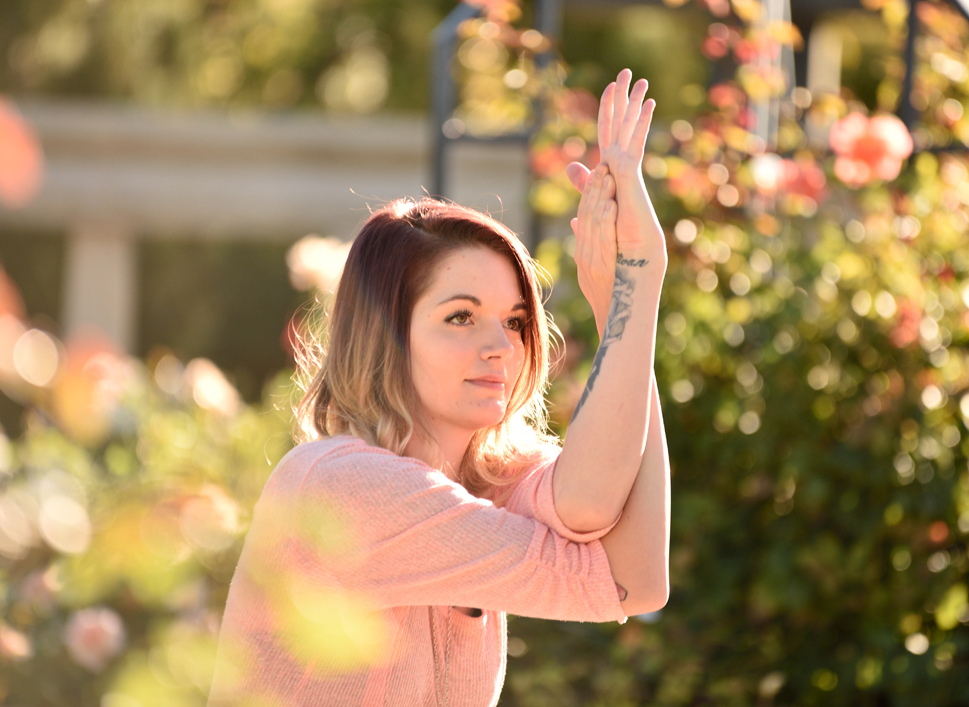 Garuda, the eagle god known in Buddhist lore for his 40-foot wingspan, is revered for his special powers, such as shrinking and growing at will. A single flap of his gargantuan wings is said to move mountains.
Garuda, the eagle god known in Buddhist lore for his 40-foot wingspan, is revered for his special powers, such as shrinking and growing at will. A single flap of his gargantuan wings is said to move mountains.
Garuda is ubiquitous in the East. His image is the national symbol of Thailand and Indonesia, and his legends span across Hinduism and Buddhism. He plays a starring role in the first book of India’s epic, Mahabharata.
Garudhasana (Eagle Pose) expresses Garuda’s powers by strengthening and rooting our legs and feet. The arm position expresses the eagle god about to take flight. In terms that apply to us mortal asana practitioners, Garudhasana’s arm position (Eagle Arms) helps us release tension in the oft-contracted base of the neck and area between the shoulder blades.
We can perform Eagle Arms any time—sitting at our office desk, at rest stops or in plane seats while traveling—any time. I also enjoy substituting Eagle Arms for traditional arm positions in poses such as Utkatasana (Fierce Pose) and Gomukhasana (Cow Face Pose).
Because Eagle Arms Pose strongly stretches the muscles between your shoulder blades, it is not appropriate to practice if you have rotator cuff issues. Otherwise, it can provide a relaxing break for one of the most universal areas of tightness and stress in a whole lot of people.
How to Practice Eagle Arms
- Stand with your feet hips-width apart on a nonskid yoga mat, or sit with an upright spine in a chair or on a meditation cushion.
- Cross your right arm over your left, bend your elbows and place your hands on opposite shoulders, giving yourself a hug.
- Lift the forearms to vertical and place the fingers of your left hand into the palm of your right hand.
- If your hands are unable to meet here, return to the self-hug position or place a yoga strap between your hands so that they connect.
- Direct your breath into the area between your shoulder blades.
- Take 5 to 10 deep breaths before releasing your arms and letting them rest at your sides.
- Repeat with the left arm on top.
Eagle Arms Variations
Try these variations while you’re in Eagle Arms Pose:
- With your arms in Eagle Arms Pose, make big circles with your elbows—5 or more, both clockwise and counterclockwise.
- Tilt your arms to the left for a few breaths and then to the right for a few breaths.
- Very slowly and mindfully rotate your head and neck in semicircles from one shoulder to the other. Do not tilt the head back in Eagle Arms. Stay in front of the shoulders.
